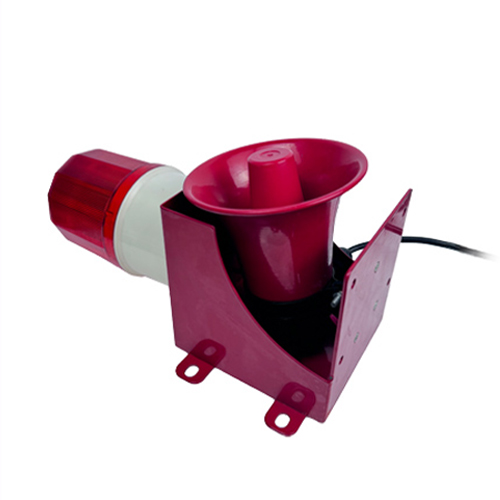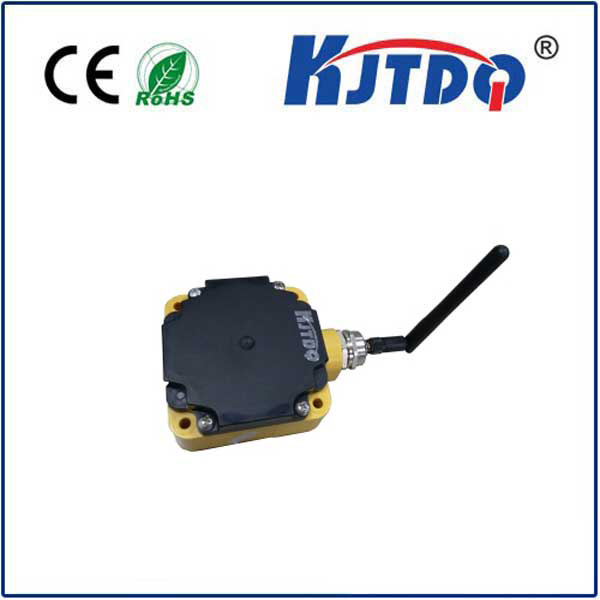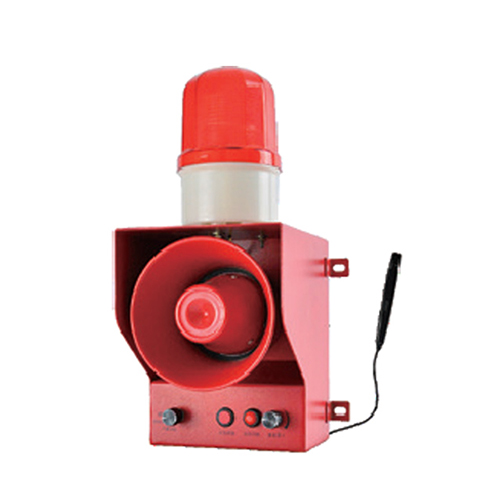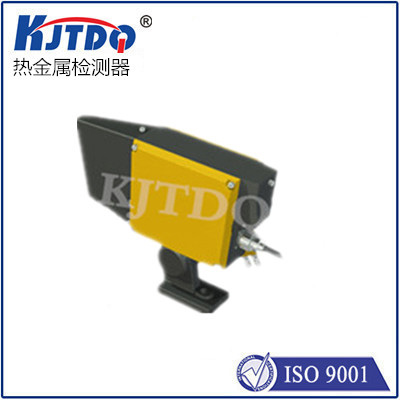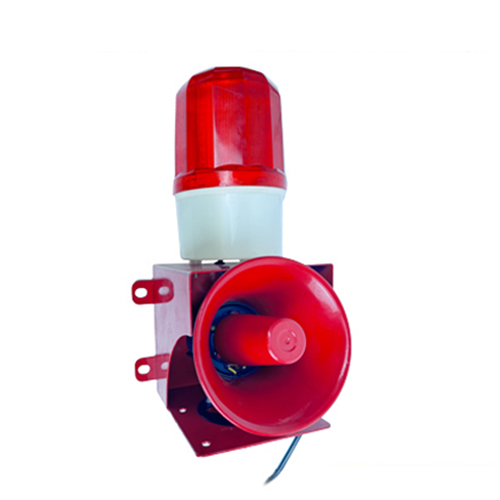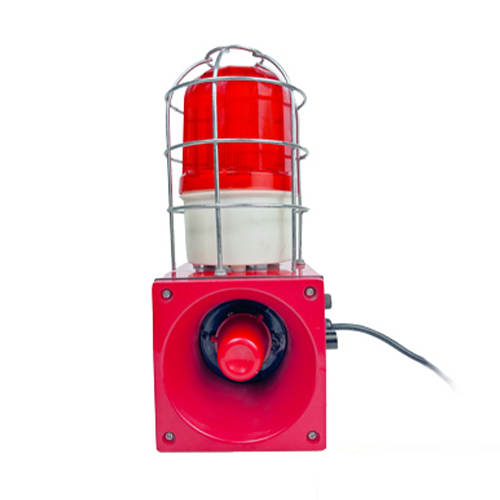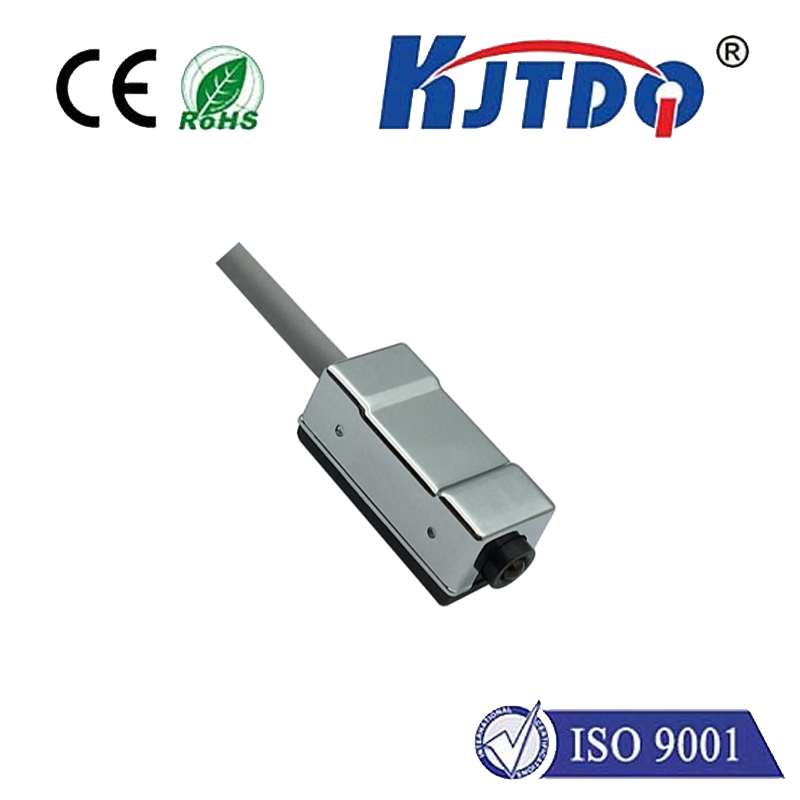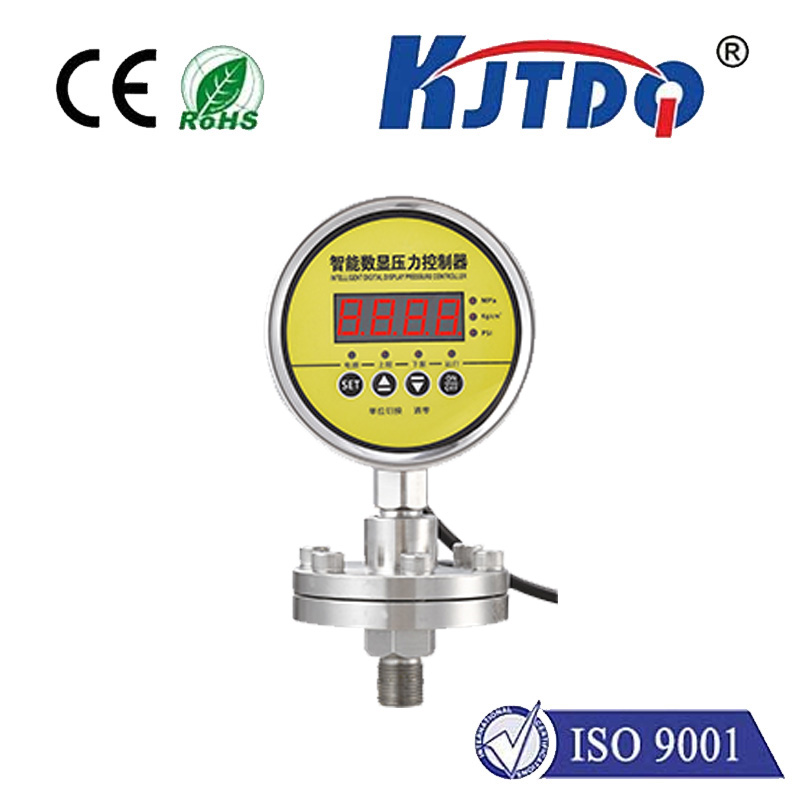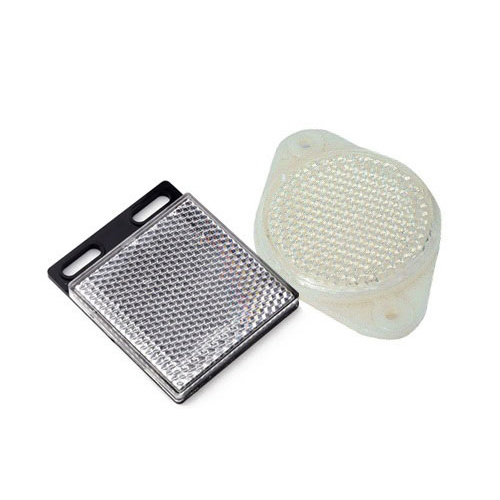dallas sensor
- time:2025-08-22 03:04:20
- Click:0
Dallas Sensors: Precision Temperature Measurement Solutions for Demanding Applications
Have you ever wondered how critical infrastructure, medical devices, or industrial processes maintain precise temperature control? Often, the unsung heroes enabling this reliability are Dallas Semiconductor sensors. Renowned for their robust design and digital accuracy, Dallas sensors, particularly their digital temperature sensors, provide vital data where precision is non-negotiable.
Understanding the Legacy: Dallas Semiconductor
The term “Dallas Sensor” primarily refers to the innovative digital temperature sensors pioneered by Dallas Semiconductor, now a part of Maxim Integrated (itself subsequently acquired by Analog Devices). Dallas Semiconductor carved a significant niche in the electronics world with its development of the 1-Wire communication protocol, a cornerstone technology integrated into many of their sensors. This legacy means “Dallas Sensor” is often synonymous with highly integrated, digitally communicating temperature sensors, especially those utilizing the 1-Wire bus.
The Power of Digital: How Dallas Temperature Sensors Work
Unlike traditional analog thermistors that require complex signal conditioning, Dallas digital temperature sensors fundamentally changed monitoring. These sophisticated ICs incorporate key components directly on the chip:

- Precision Sensing Element: Typically a bandgap-based sensor accurately measuring the die temperature.
- High-Resolution ADC (Analog-to-Digital Converter): Converts the analog temperature reading into a digital value.
- Logic & Control Circuitry: Manages the sensor operation and communication.
- Integrated Memory (often EEPROM): Stores critical information like unique identification codes (essential for 1-Wire), configuration settings, and sometimes user data like alarm thresholds.
- 1-Wire Interface Circuitry: The defining feature, enabling communication and even parasitic power over just two wires - data and ground. Power can often be derived directly from the data line itself during communication, simplifying wiring immensely.
This monolithic integration means calibration is performed during manufacturing, eliminating the need for end-user adjustments and ensuring consistent, ready-to-use accuracy right out of the box. Users directly receive a digital temperature reading (e.g., degrees Celsius), bypassing the complexities of analog signal interpretation.
The 1-Wire Advantage: Simplicity and Scalability
The 1-Wire protocol is arguably the most revolutionary aspect of many Dallas sensors. Its brilliance lies in its elegant simplicity:
- Minimal Wiring: Requires only two wires: a data line and a ground. Power can frequently be supplied parasitically from the data line during active communication phases, though dedicated power pins are often available for more demanding applications.
- Unique 64-Bit Address: Every device on the 1-Wire bus possesses a globally unique, factory-lasered ROM ID. This allows a single master controller to individually address and communicate with potentially hundreds of Dallas sensors connected to the same bus, enabling dense sensor networks with minimal cabling complexity.
- Bus-Powered Operation: Parasitic power mode is ideal for remote or difficult-to-reach locations where running dedicated power lines is impractical.
- Cost-Effectiveness: The simplicity reduces overall system wiring and connection costs.
This makes Dallas 1-Wire sensors exceptionally well-suited for applications demanding distributed temperature monitoring.
Key Applications Where Dallas Sensors Excel
The combination of digital precision, robust packaging (often TO-92 or SOIC), and the versatility of 1-Wire has cemented Dallas temperature sensors as preferred solutions in diverse demanding sectors:
- Industrial Automation & Process Control: Monitoring machinery health (e.g., motors, bearings), process temperatures in manufacturing (chemical, food), and environmental conditions within control panels.
- Building Management/HVAC Systems: Zonal temperature monitoring, thermostat inputs, and optimizing climate control for energy efficiency across large buildings.
- Medical Equipment: Ensuring precise temperatures within incubators, analyzers, sterilization equipment, and refrigerators for sensitive pharmaceuticals or samples, where reliability is paramount.
- Data Centers & Telecom: Monitoring server racks, power supplies, and critical infrastructure temperatures to prevent costly overheating and downtime.
- Consumer Appliances: Found in smart thermostats, coffee makers, refrigerators, and other devices requiring reliable internal temperature readings.
- Environmental Monitoring: Deployed in weather stations, agricultural settings, and research projects for distributed data logging.
Beyond Temperature: A Broader Sensor Portfolio
While digital temperature sensors are their most iconic products, Dallas Semiconductor developed other sensor types leveraging similar integration principles and the 1-Wire bus, including:
- Humidity Sensors: Combining relative humidity and temperature measurement.
- Real-Time Clocks (RTCs): Providing precise timekeeping.
- Memory Devices: Used for identification, data logging, or configuration storage alongside sensors.
- Battery Monitors: Measuring voltage and capacity in portable systems.
Choosing the Right Dallas Sensor
With numerous models available (e.g., DS18B20, DS1822, DS28EA00, DS1921/DS1922/DS1923 iButtons), selecting the optimal Dallas sensor involves considering several factors:
- Required Accuracy and Resolution: Ranges typically from ±0.5°C to ±2°C, with resolutions down to 0.0625°C or better.
- Operating Voltage Range: Compatibility with the host system power.
- Temperature Range: Standard (e.g., -55°C to +125°C) vs. extended ranges for harsh environments.
- Package Type: Common options include TO-92 (transistor-like), SOIC (surface mount), or rugged iButtons for extreme conditions.
- 1-Wire Features Needed: Does it require multi-drop capability? Parasitic power support? Alarm output functions?
- Additional Features: Unique ROM ID, EEPROM memory size, programmable alarms.
Consulting the detailed datasheets available from Analog Devices (formerly Maxim Integrated) is essential for matching specific application requirements to the right Dallas sensor device. The robustness, digital interface, and network scalability offered by Dallas Semiconductor sensors continue to make them indispensable tools for engineers and system designers tackling demanding temperature and environmental monitoring challenges. Their legacy of precision and innovation ensures they remain a relevant and powerful solution in an increasingly data-driven world.






